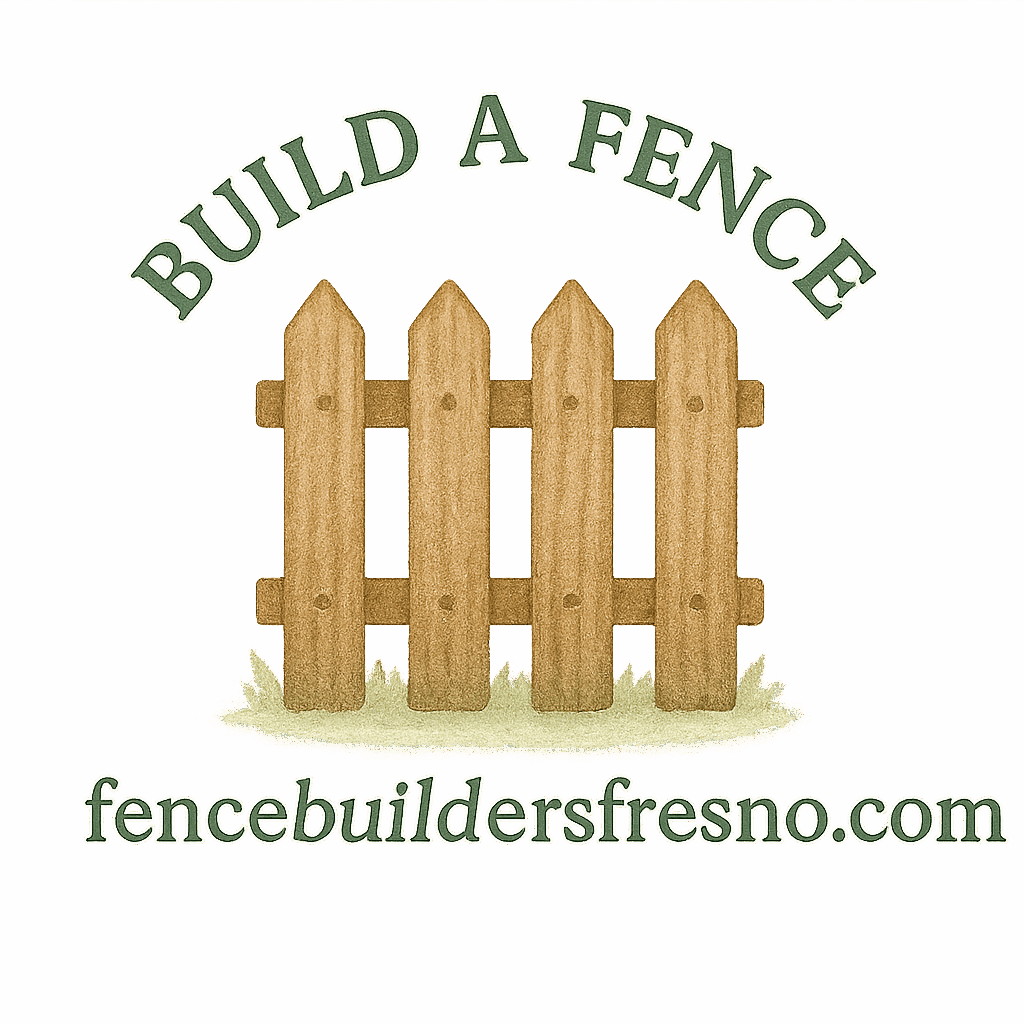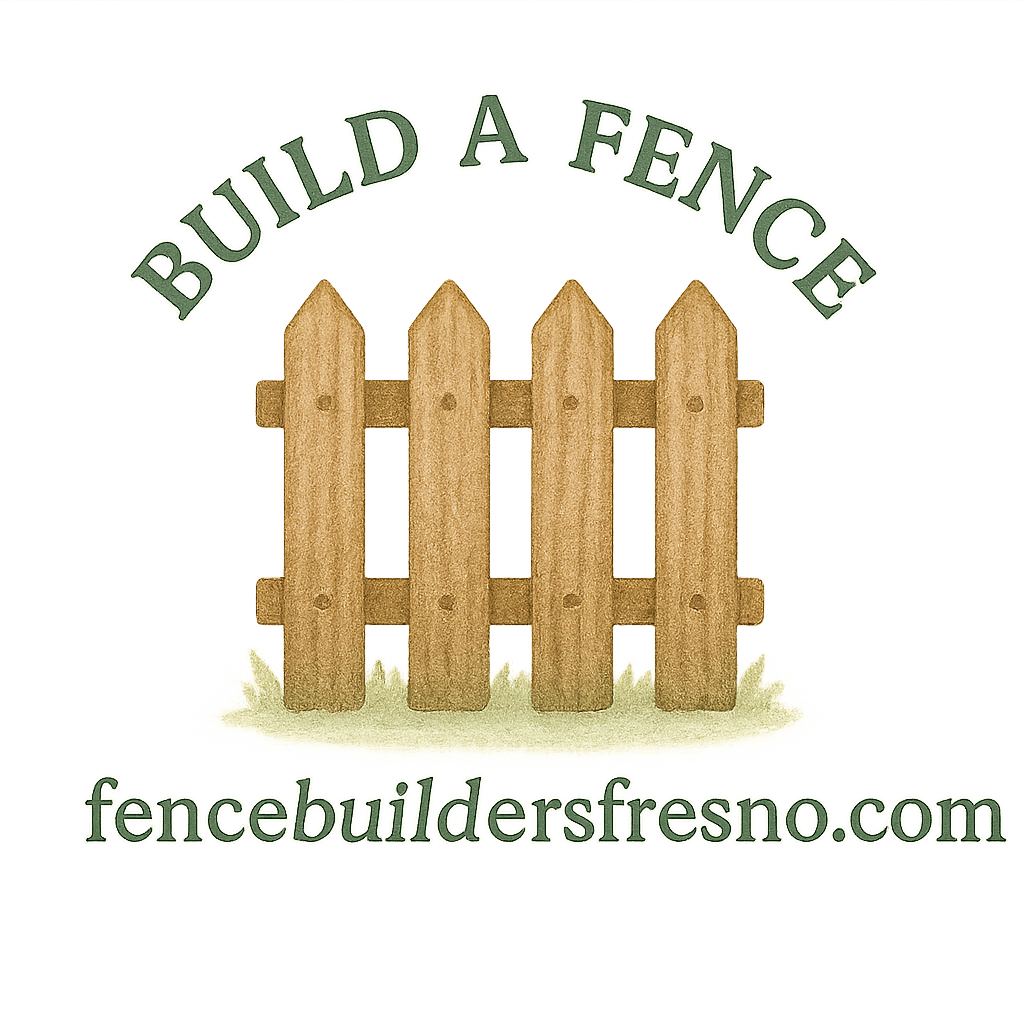Let’s face it: fences don’t just make good neighbors—they require good neighbors. Building a fence along a shared property line can either be a smooth, collaborative process or a tangled mess of drama, misunderstandings, and legal headaches. That’s why a solid fence agreement with neighbors isn’t just a good idea—it’s essential.
So, if you’re thinking of adding or replacing a fence between your property and your neighbor’s, this article will walk you through the 7 critical things you need to include in a fence agreement. We’ll also link you to must-know resources from Fence Builders Fresno that cover everything from fence building basics to legal considerations.
Why a Fence Agreement Is Crucial
Avoiding Legal Disputes and Misunderstandings
Without a written agreement, you’re basically gambling on everyone having the same understanding about boundaries, money, and responsibilities. And as many homeowners have learned the hard way—when misunderstandings arise, things can get ugly fast.
Setting the Right Expectations Early
A well-thought-out agreement puts everything on the table from day one. No surprises. Everyone knows what’s expected and who’s doing what. It’s all about transparency and collaboration.
1. Clearly Defined Property Lines
Why Property Lines Matter
First and foremost, you need to know where your land ends and your neighbor’s begins. This sounds simple—but you’d be surprised how many fences end up being the center of fence encroachment disputes.
Use a Professional Land Surveyor
Don’t just guess. Hire a licensed land surveyor to identify the boundary. This is especially important if the fence will be placed right on the line, making it a boundary fence.
Legal Implications of Mistakes
A mistake here could result in lawsuits or being forced to tear down the fence. Avoid that hassle—get it in writing and get it right.
2. Fence Type and Design Specifications
Choosing the Right Fence Style Together
Whether you’re going for a decorative fence or something more private and functional, the design should be agreed upon by both parties.
Aesthetic and Functional Considerations
Do you both want a fence that boosts curb appeal? Or is privacy the main goal? Talk it out. Consider how the fence will affect both yards—and home values.
Materials to Consider
Vinyl, wood, chain-link, composite—there are tons of options. For long-lasting durability, consider options from our durable fencing resources or check the pros and cons at fence-types-comparisons.
3. Cost Sharing and Payment Arrangements
Discussing the Budget Openly
Money can make or break this process. Be upfront about costs. Discuss whether both sides are financially able (and willing) to contribute.
How to Split the Bill Fairly
Most neighbors split 50/50, but sometimes one party wants a more expensive design. In that case, the extra cost should fall on the person requesting the upgrade.
Written Cost Agreements Save Friendships
Agree on payment schedules, down payments, and receipts. Keep things friendly and official.

4. Fence Maintenance Responsibilities
Who Handles What and When?
Once the fence is up, who’s responsible for keeping it looking good? Maintenance is often overlooked in verbal agreements—and it’s where future disputes can brew.
Regular Upkeep and Long-Term Plans
Will you both stain it every couple of years? Trim overhanging branches? Be sure your agreement includes links to fence-maintenance-repair tips and helpful upkeep tips.
Setting Expectations for Repairs
If a tree falls and breaks the fence, who pays? Include a clause covering repair costs and timelines to avoid finger-pointing later.
5. Legal Compliance and Permits
Understanding Local Fence Laws
Check with your city or HOA. Some areas require fences to be a specific height, material, or setback from the sidewalk.
Permit Requirements You Might Overlook
Permits may be required for certain fence heights or designs. Skipping this step can cost you. Visit fence-design-planning to plan with regulations in mind.
How to Stay on the Right Side of Regulations
You don’t want to build a beautiful fence only to be told it’s illegal. For the best results, learn more at legal-property-considerations.
6. Timeline for Construction and Completion
Setting Start and Finish Dates
Agreeing on a construction window is key, especially if kids or pets will be affected. Put it on paper.
Dealing with Delays Professionally
Rain happens. So do supply chain issues. Set a grace period in your agreement—and a communication plan for delays.
7. Agreement for Dispute Resolution
What Happens if Something Goes Wrong?
Even with the best intentions, things can go south. Your agreement should outline what happens if there’s a disagreement.
Mediation Before Litigation
Before you go full legal warfare, consider adding a mediation clause. It’s cheaper, faster, and often more amicable.
Documenting Resolutions
Keep a record of any resolutions reached, just like you did for the agreement. You’ll thank yourself later.
Final Thoughts on Neighbor Fence Agreements
Creating a fence agreement might sound like overkill for a 6-foot wooden wall, but it’s one of the smartest things you can do. It protects relationships, properties, and peace of mind.
If you’re planning to build, check out Fence Builders Fresno for expert guidance on everything from fence installation to DIY fence projects. Whether you’re going for a front yard fence or a long-lasting vinyl fence, they’ve got you covered.
Conclusion
A written fence agreement isn’t just about lumber and nails—it’s about communication, respect, and mutual understanding. With the 7 elements we’ve covered, you’ll be prepared to protect your property, your relationship with your neighbor, and your sanity. Don’t leave it to chance. Put it in writing and build the fence—and friendship—on solid ground.
FAQs
1. Do I legally need a fence agreement with my neighbor?
No law requires it, but it’s a smart move to avoid disputes and misunderstandings—especially when building on a shared property line.
2. Can I build a fence without my neighbor’s consent?
If the fence is on your property only, yes. But if it sits on the property line, it becomes a boundary fence, and consent is usually required.
3. How can I prove where the property line is?
Hire a professional surveyor and keep documentation. You can also check your local assessor’s map.
4. What if my neighbor refuses to pay for the fence?
You can still build it on your side—but don’t expect reimbursement unless there’s a signed agreement.
5. What’s the best low-maintenance fence type?
Vinyl fences are a great option. Learn more from our low-maintenance fencing tips.
6. Who is responsible for maintaining a shared fence?
That depends on the agreement. Often, both parties share responsibility, but some arrangements split the duty by side.
7. Where can I get legal advice on fence disputes?
Check out legal-fencing and legal-dispute resources or consult a local real estate attorney.


